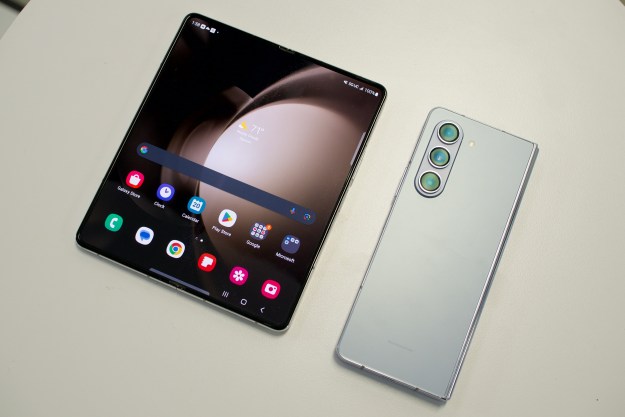
Updated on 06-23-2015 by Robert Nazarian: Added in news that Verizon completed acquisition of AOL.
Little more than a month later, AOL became a wholly owned subsidiary of Verizon after Verizon’s tender offer to purchase all outstanding shares of AOL for $50 per share in cash expired June 22, 2015 at 11:59 p.m. eastern time. Verizon acquired all remaining AOL shares that weren’t purchased in the tender offer through a merger pursuant to Section 251(h) of the General Corporate Law of the State of Delaware. AOL shares are no longer available on the NYSE.
AOL CEO Tim Armstrong will continue to lead AOL operations and will report to Verizon’s EVP and President of Product Innovation and New Businesses, Marni Walden. Bob Toohey, the President of Verizon Digital Media Services, will report to Armstrong.
Websites, advertising, and dial-up subscribers tempt Verizon
In addition to all its websites and media businesses, AOL comes with its dial-up subscription business, which a recent earnings report revealed to still have 2.1 million members. While this figure is declining, it’s still worth more than $180 million per quarter alone, and needs little investment to run. That’s a lot of potential future Verizon customers, just waiting to be introduced to broadband Internet speeds.
Dial-up aside, Verizon sees the acquisition as a way to push its 4G LTE driven video plans forward and help build on its Internet of Things strategy. Lowell McAdam, Verizon’s CEO, said the company wants to offer a, “premium digital experience based on a global multiscreen network platform,” and that the AOL deal will help deliver it.
AOL will become a wholly owned subsidiary of Verizon, but current chairman Tim Armstrong will continue to lead the AOL group. He described the two companies as having the same shared vision of creating the “next generation of media through mobile and video.” In a memo from Armstrong published by TechCrunch, he talks about the Verizon acquisition being the company’s passport into the mobile world, saying “the deal will add a mobile lens to everything we do inside of our content, video, and ads strategy.”
“This deal is aimed at the stars.”
Interestingly, the acquisition comes in the same year that AOL marks the 15th anniversary of its failed merger with Time Warner. Initially seen as a brilliant move, the partnership went sour, forcing AOL Time Warner to post the biggest annual corporate loss in history — $99 billion — in 2002. Looking into Verizon’s past, we find it hasn’t been great at managing web content, something it’s about to do again. At the end of last year, it unceremoniously shut down SugarString, its short lived blog covering tech trends, that wasn’t allowed to cover sensitive subjects such as Net Neutrality and the NSA spying scandal.
The announcement of the acquisition is only the start for Verizon and AOL. The deal must be put before regulatory bodies for approval, and conditions will have to be met. Should it all go to plan, Verizon expects the deal to close during the summer.
Editors' Recommendations
- Take-Two completes its massive Zynga acquisition
- Google Pixel 6 can now tap into Verizon’s faster C-Band 5G
- Verizon now lets you mix and match on Fios
- Jony Ive can now design his own future as his Apple exit is made official
- Verizon is bringing its 5G service to parts of New York City



